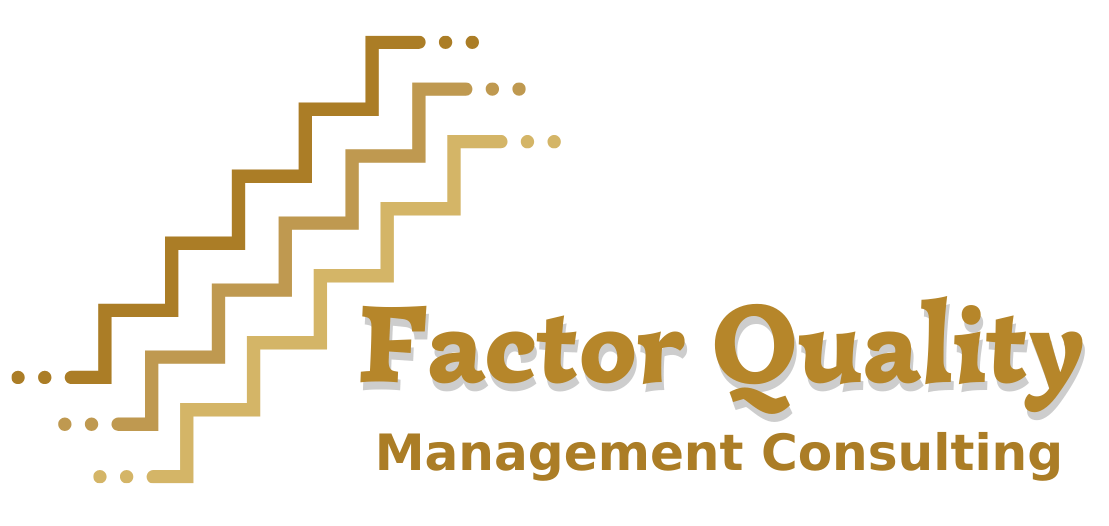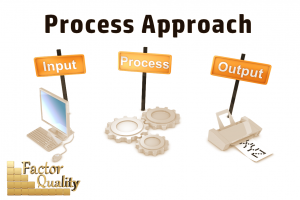It is not uncommon for employees to think of Quality Management Systems (QMS) as a set of limiting, long and confusing documents. Let’s face it; talking about procedures and/or requirements doesn’t get people excited. Employees in many organizations view documented procedures as constraining rather than helpful tools. They cannot see the value of them, so they stay away from them.
A QMS is nothing more than a set of processes that help businesses address what their customers want. The average customer expects quality products and services. Your company’s goals should be centered around fulfilling your customer’s needs and requirements. Your QMS doesn’t need to be complicated, it needs to make sense and be something that will allow your organization to do what it does best. In our experience, complexity is added to the QMS due to misunderstanding of the standard’s requirements. When you force the requirement into a business rather than developing an activity organically due to a need, it becomes an imposition.
Many organizations make the mistake that when implementing a QMS (i.e. ISO 9001) they think about how to comply to the standard. It puts the standard before the company. Companies need to care more about their QMS serving them rather than the other way around. Understanding the company’s activities, culture, issues and vision are the first and most important piece when implementing a QMS. We need to use that knowledge to adapt the standard to the company. This is easier said than done but it is crucial for the QMS to successfully take root in an organization.
Businesses that have been operating successfully for years and decide to formally implement a QMS (i.e. ISO 9001) are surprised to find that they usually are meeting 60-70% of the requirements. However, those responsible for the implementation feel obligated to make changes for the sake of compliance. Many do copy what has worked in other businesses and impose it onto their company. Rarely does anyone consider the alternative of working with what is in place and adjusting to achieve compliance. Using the known “good formula,” many times unknowingly, is what starts the resistance to implement the QMS. Employees often asked, “Why are we changing this process?” The response usually is “Because ISO requires it,” instead of having an explanation on how it makes sense for the organization.
When ISO compliance is forced into the organization, employees often feel that their processes become complex with no logical reason. They start talking about the ISO processes versus their normal processes. Therefore, it is imperative that when implementing a QMS a solid plan is put in place. This plan will recognize the activities that are in place and establish a path forward to adapt the standard to the organization. The latest version of ISO 9001 allows us to do exactly this by putting focus on the process first and worrying about documenting later. Remember that simplicity does not mean easy but often more effective.



